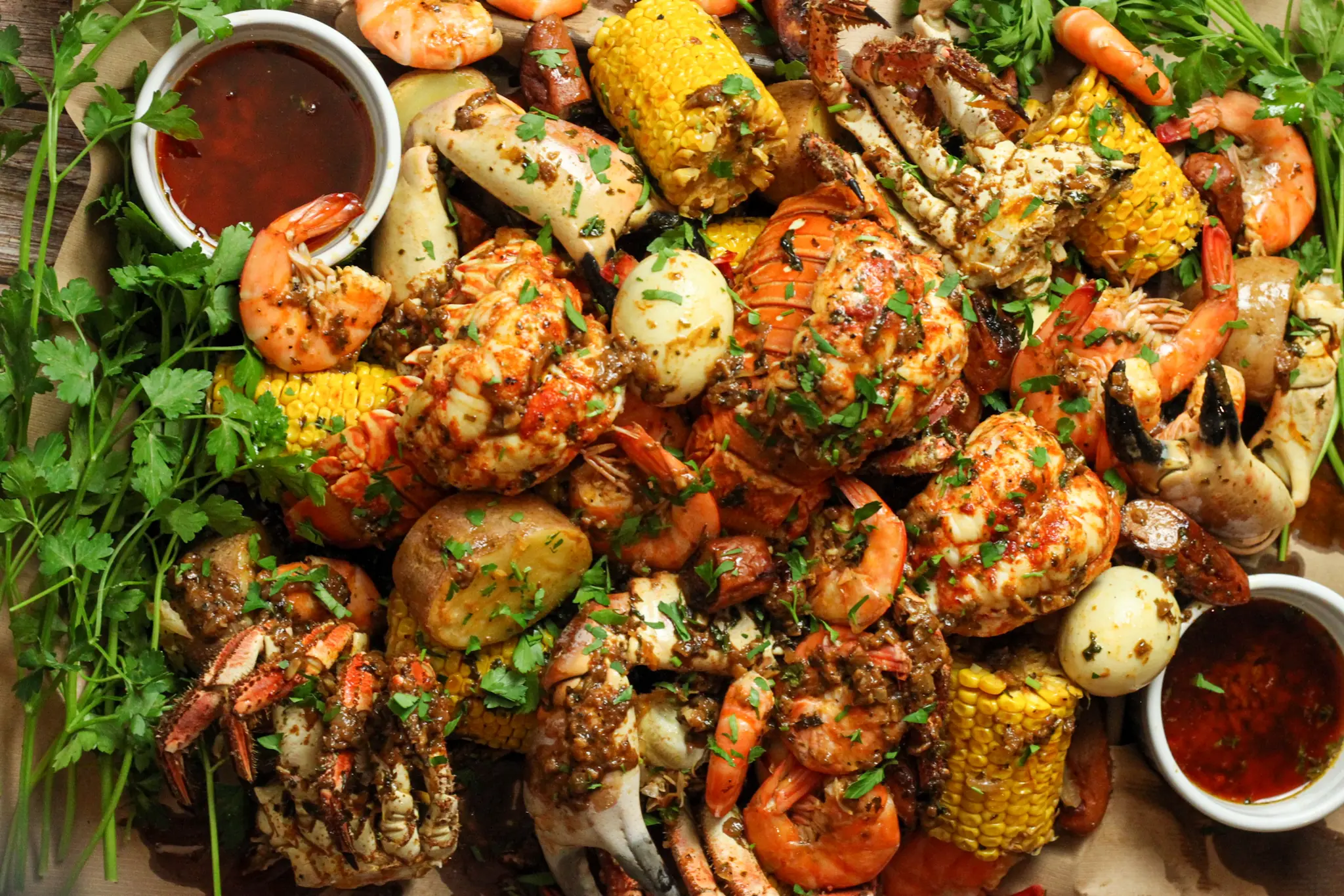
These 3 Types of Fish Should Be Eaten Sparingly
These 3 Types of Fish Should Be Eaten Sparingly — They May Increase Cancer Risk, No Matter How Cheap They Are!
Freshly cooked white fish — tender, fragrant, and steaming on the table — is hard to resist. We often hear that eating fish makes you smarter and healthier. But did you know that some types of fish can carry hidden health risks, and even harmful toxins, especially if not handled or cooked properly?
In particular, the 3 types of fish below — though commonly sold and inexpensive — should be limited in your diet.
3 Types of Fish to Watch Out For
1. Large Carnivorous Fish — High Risk of Mercury Contamination
Fish like tuna and swordfish are top predators in the ocean food chain. Because of this, they tend to accumulate heavy metals, especially mercury, at levels that can pose serious health risks.
Pregnant women and children are especially vulnerable, as mercury can harm brain and nervous system development.
Limit intake to no more than twice a month, and keep portions under 100g per serving.
2. Frozen Ocean Fish Stored Too Long — Oxidized Fats
Fish such as mackerel pike or Indian mackerel can become unsafe if they’ve been frozen for a long time or turn yellowish in the freezer.
If the fish has been thawed and refrozen multiple times, or stored for more than 6 months, the fats inside may oxidize, producing a rancid, unpleasant smell.
If the fish smells “off” after cooking, don’t hesitate — throw it out!
3. Freshwater Fish of Unknown Origin — Parasite Risk
Species like tilapia, catfish, eels, or snakehead fish caught in the wild may carry liver flukes or other parasites.
If the fish is not cooked thoroughly, these can cause serious infections.
Avoid raw fish dishes such as fish salad or rare fish porridge.
Buy from reputable sellers and check for clear eyes and bright red gills — signs of freshness.
4 Golden Rules for Eating Fish Safely
-
Choose the Right Fish:
-
Medium-sized ocean fish like pomfret or mackerel are generally safer.
-
For freshwater fish, choose farmed varieties from regulated sources.
-
2–3 servings per week, about the size of your palm, is enough.
-
-
Cook Properly:
-
Steaming or boiling in soup helps retain nutrients.
-
Avoid deep-frying at high heat (above 180°C).
-
If grilling, wrap in foil to reduce the formation of carcinogens.
-
-
Remove Toxic Parts:
-
Discard the head, guts, and skin if unsure of safety.
-
Especially clean the black membrane inside the belly — a common toxin buildup site.
-
-
Pair Wisely:
-
Fish goes well with tofu or radish to aid digestion.
-
Avoid combining with persimmons or hawthorn — it may upset your stomach.
-
Who Should Be Extra Cautious?
-
People with gout: Avoid fish during flare-ups.
-
Allergy-prone individuals: Try a small portion first when trying unfamiliar fish.
-
Those on antibiotics: Consult your doctor before eating fish.
How to Spot Fresh Fish — Look for These 3 Signs:
-
Eyes: Clear, slightly bulging — not cloudy.
-
Gills: Bright red, with no strange odor.
-
Flesh: Firm and elastic to the touch.
Be cautious of fish that looks unnaturally shiny or has overly bright scales — it may have been chemically treated. Remember, the freshest fish isn't always the prettiest-looking.
Final Tip:
Fish is undoubtedly a nutritious food, but not all types are safe to eat indiscriminately. Don’t let low prices or convenience blind you to hidden health risks. Make informed choices — your body will thank you.
News in the same category


Por que os casais dormem separados aos 50 anos?

Here’s why smart people leave a glass of water by their bed every night

Common Veggies Linked to Cancer Risk — Experts Urge Immediate Caution

Wild leaves, used to make tea, make diabetes and high blood pressure "terrify"

Bacteria levels exceed the standard by 600 times! Don't use this hand sanitizer!

Astronomer CEO Andy Byron's "Affair" With Kristin Cabot Caught On Camera During Coldplay Concert, Chris Martin Reacts

9 “Clean” Habits That Are Actually Super Unhygienic

Experts Reveal: The Real Carb Bomb Isn’t White Rice

Helped Uncle Treat Can.cer but Received a Mysterious Bag in Return

Woman drank 8 limes daily to detox—paid the price for trusting social media advice

Is Eating Soft-Boiled Eggs More Beneficial Than Fully Cooked Eggs?

10 Juicing Mistakes to Avoid at Home: Boost Your Health the Right Way

Why do hotels usually let guests check in at 2pm and check out at 12pm?

Drinking Perilla Leaf and Ginger Tea Is Better Than Any Tonic

Can the emergency exit door open while flying? — Little-known fact

A girl in Brazil was found to have 81 teeth in her mouth

The most dangerous foods in the world

Dubbed “The Scariest Photograph Ever Taken”
News Post

Unexplained Bruising on Your Body: Causes and Treatments

Priceless Traditional Formula That Neutralizes Venom Quickly and Effectively

4 Expert Tips to Choose Meaty, Flavorful Crabs and Avoid Getting Ripped Off

4 Types of Nuts You Should Never Eat If They've Been Sitting Around

4 signs on the body to detect high bl.o.o.d f.a.t

Don’t Miss These 10 Early Red Flags for Serious Health Conditions

Here’s why smart people leave a glass of water by their bed every night

Common Veggies Linked to Cancer Risk — Experts Urge Immediate Caution

5 kitchen appliances you will regret if you don't buy soon

Hormone-injected shrimp has 4 obvious signs, no matter how cheap it is, definitely DO NOT BUY

Wild leaves, used to make tea, make diabetes and high blood pressure "terrify"

Experts point out vegetables that are easily contaminated with heavy metals

Bacteria levels exceed the standard by 600 times! Don't use this hand sanitizer!

There was a mole on my leg that I thought was normal, but it kept getting bigger and bigger, but it turned out to be cancerous.

4 Common Mistakes When Eating Seafood That Could Land You in the Hospital

9 “Clean” Habits That Are Actually Super Unhygienic

Boost Hydration and Fight Free Radicals: Enjoy a Daily Glass of Celery Juice

He Ignored the Signs, Thinking It Was a Ca.n.ker Sor.e—Now His T.o.n.gue Is Gone!
